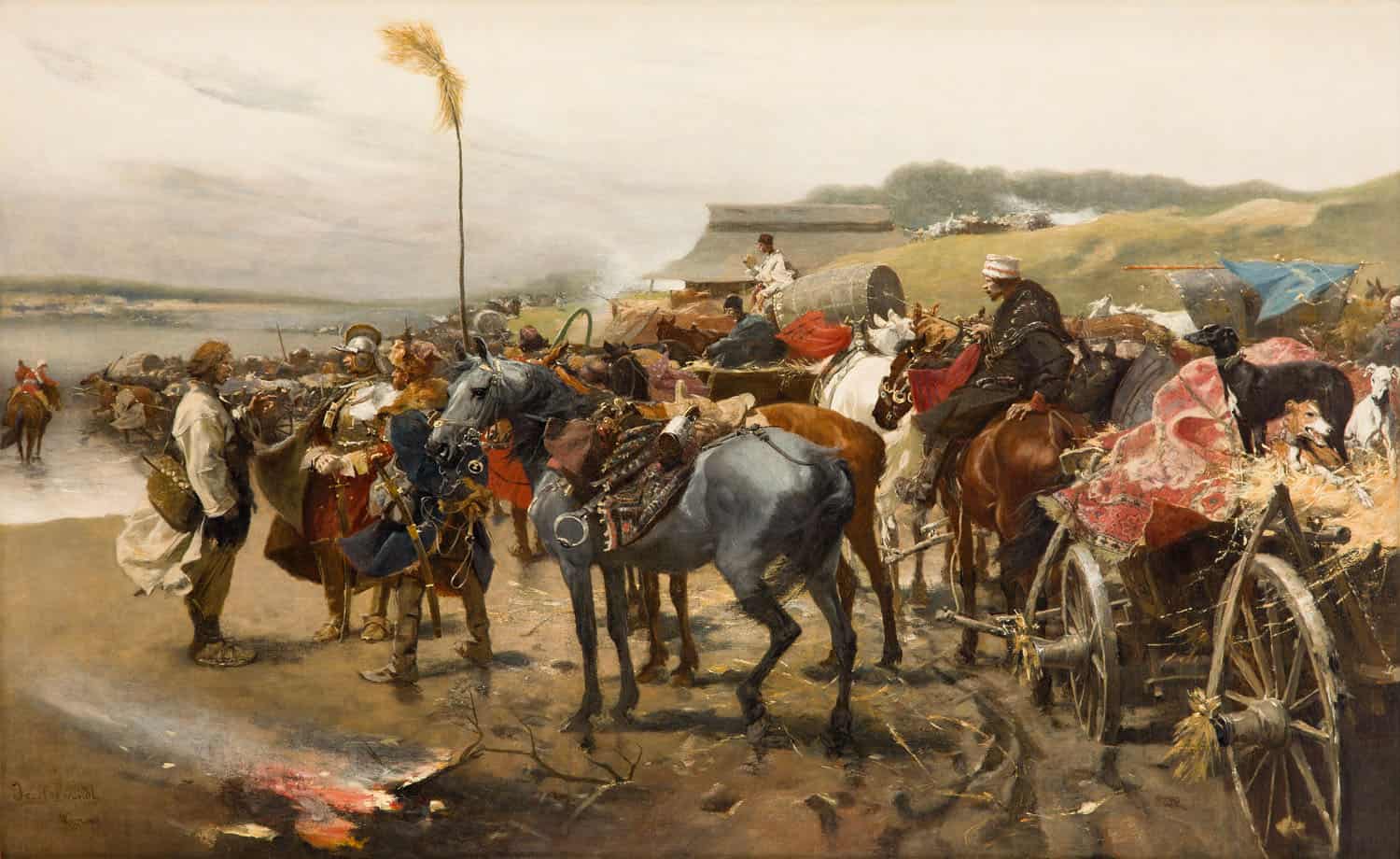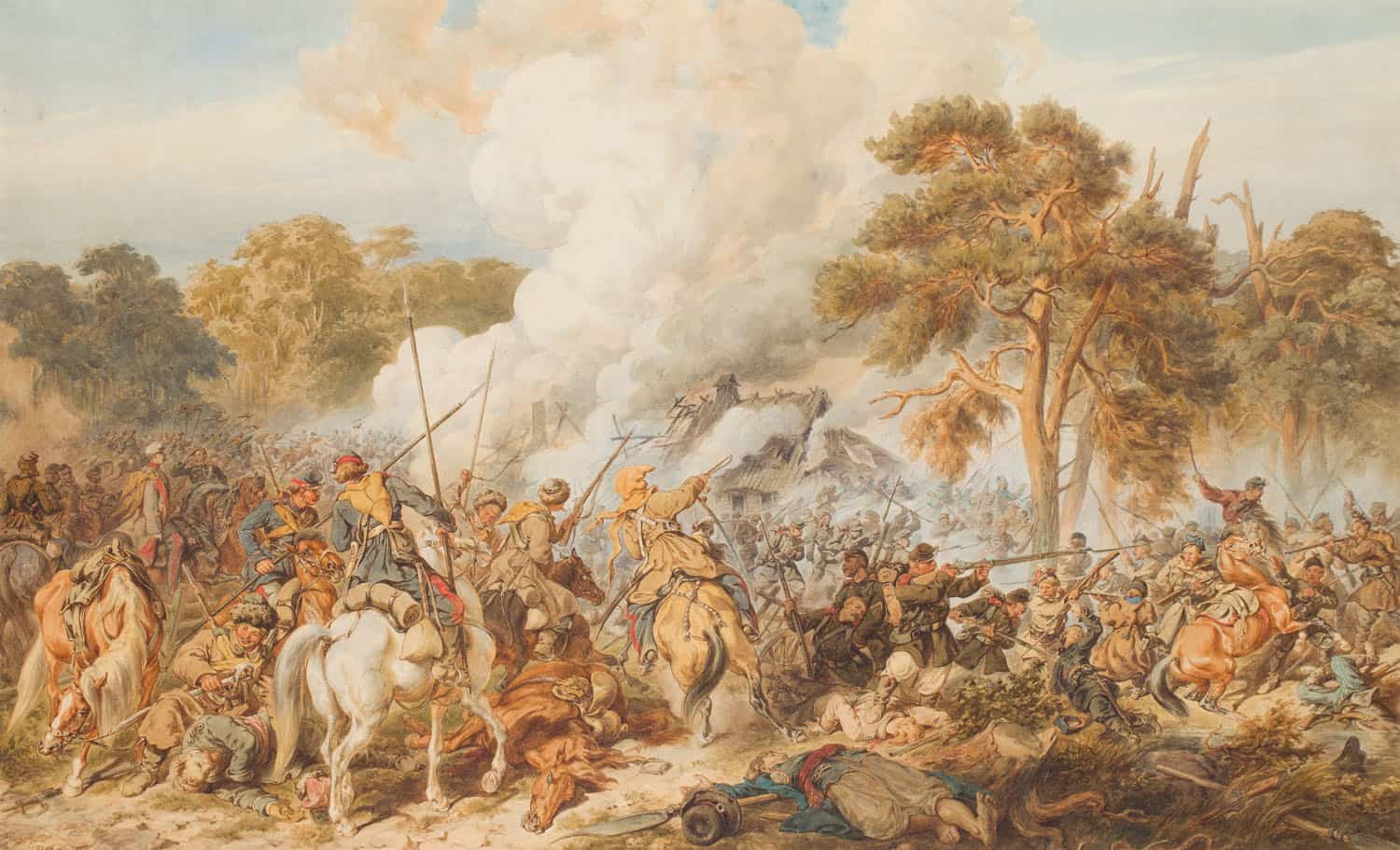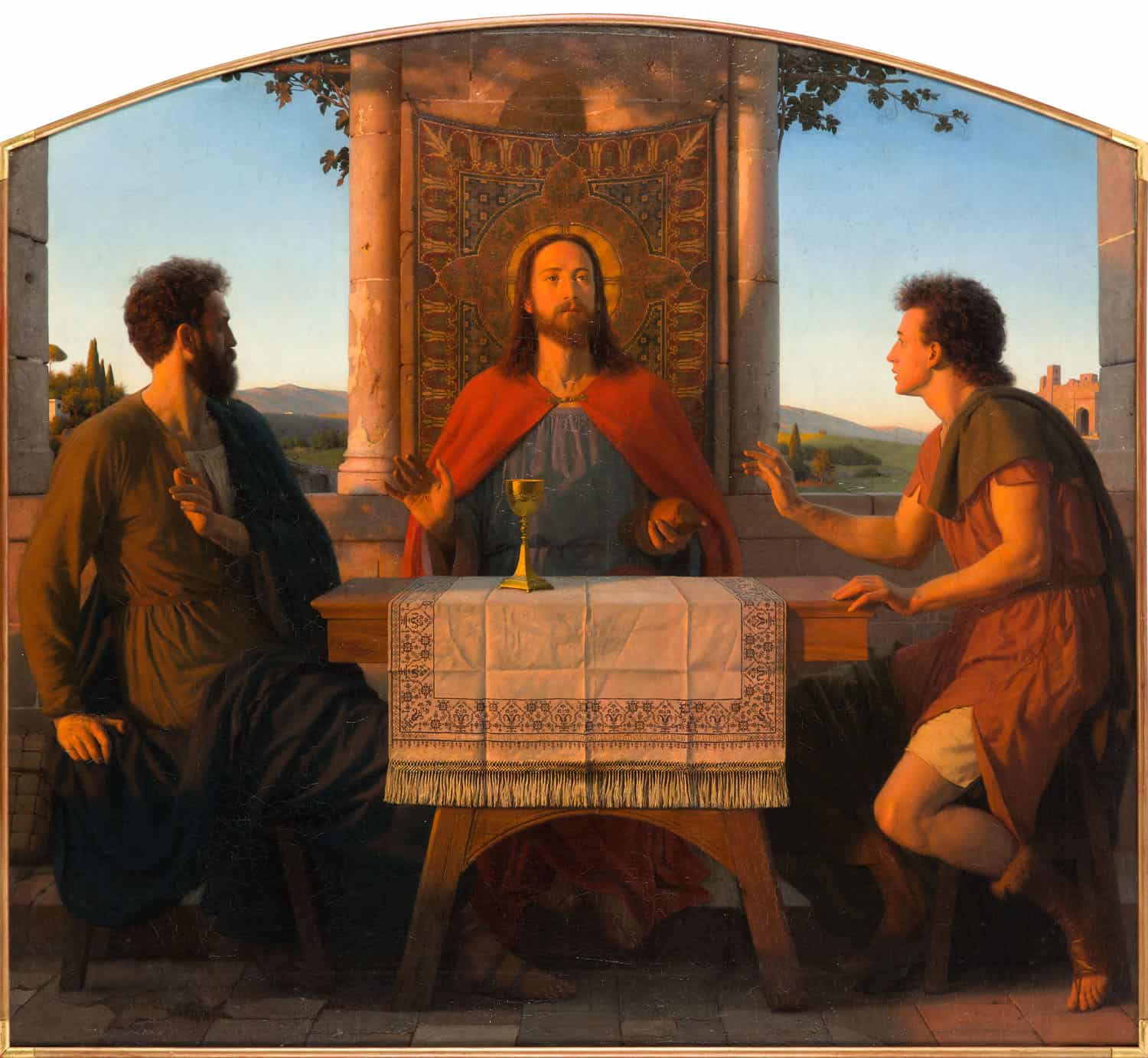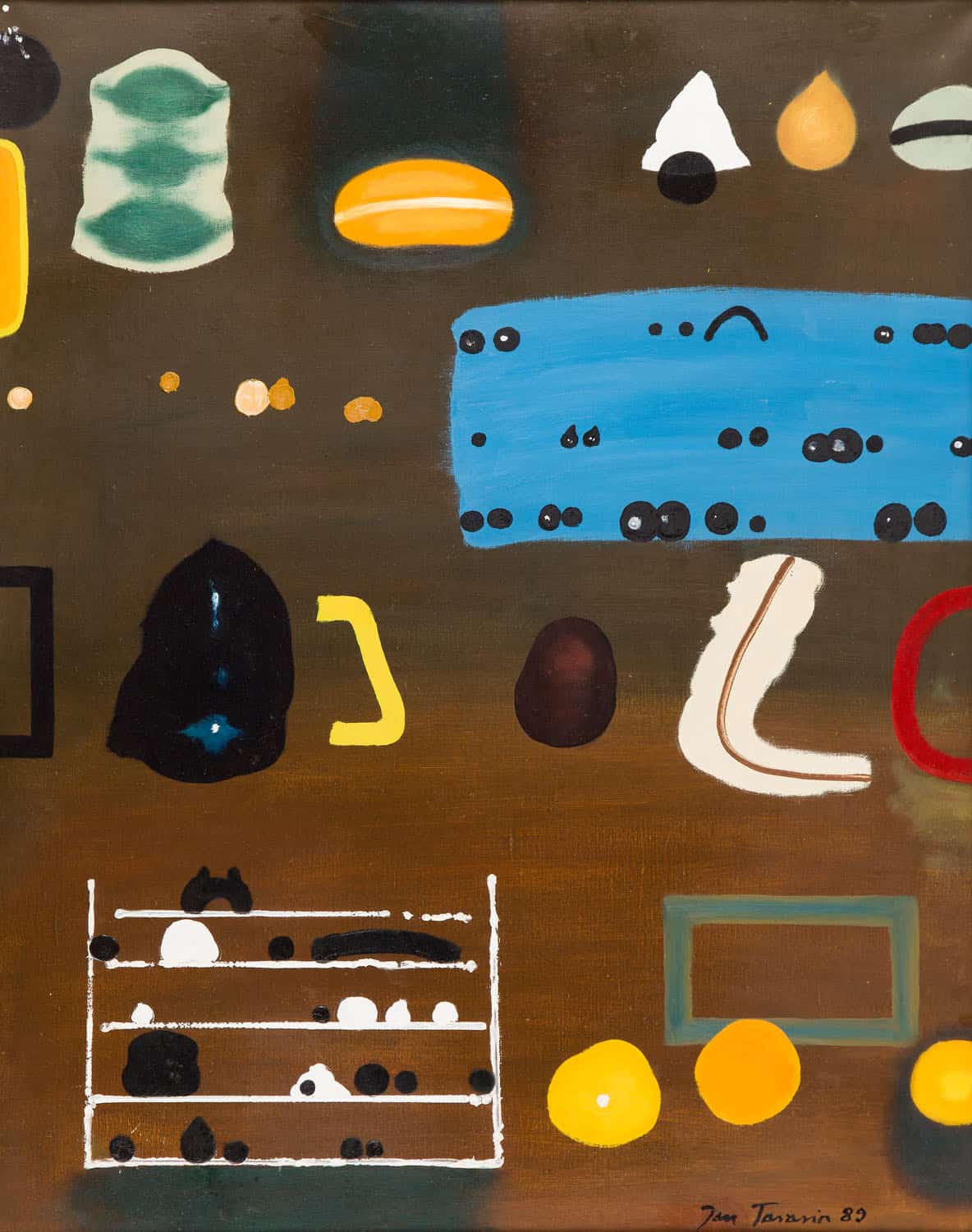This sort of auction does not happen very often. In fact, it’s the first time such a large institutional collection is going under the hammer in Poland. That is why anyone interested in collecting should be at Desa Unicum Auction House this Thursday, when the mBank art collection will be auctioned. We spoke about this unique event with Julia Materna, the Head of Sale at Desa Unicum and with Juliusz Windorbski, the Chairman of the auction house.

Jozef Brandt (1841 – 1915)
Noble host, circa 1895-1902
Estimate: 800,000 – 1,400,000 PLN
It is by no means a new phenomenon that corporations and institutions put at an auction a significant part of their collections – we have seen that with Unicredit at Christie’s or with the recent auction of Lloyds Bank’s collection at Halls of Shrewsbury. Museums also sell their artworks at times, but it is rarely seen to do so with an entire collection. This remarkable decision of mBank definitely attracts a lot of attention and rightly so. The mBank collection, which was established in the early ‘90s, contains many masterpieces of the Polish old masters with stellar names such as Józef Brandt, Juliusz Kossak, Stanisław Witkiewicz or even Bernardo Bellotto (known as Canaletto). Single pieces from the mBank art stock had been sold separately at charity auctions before – like this year sale of the sensational Julian Fałat oil painting during WOŚP grand finale, which reached the record price of 850,000 PLN. This auction, however, is fully commercial and it puts up for sale the whole collection. It should be mentioned that, although the entire collection will be sold, it is not going to disappear – rather, the bank has decided to rejuvenate it and create a fund to invest in young painters. The fund’s name – M jak Malarstwo (P like Painting) makes allusion to the very medium it is going to support. The profits from the auction will lay the foundations of a new collection of young Polish artists. In a way, the old Polish masters will contribute to the rise of new Polish stars.

Alfred Lenica (1899 – 1977)
‘Opened window’, 1968
Estimate: 70,000 – 120,000 PLN
The mBank collection is by and large a vast selection of high-class nineteenth-century and early twentieth-century painting, but it also includes contemporary art and exceptional furniture. The core of their acquisitions is comprised of outstanding Munich school canvases, which were extremely popular at the time the collection was founded. As Julia Materna, who oversees the auction, points out, the iconic masterpiece of the entire collection is ‘Noble host at a River Ford’ (1880) by Józef Brandt – this dynamic lively scene is an epitome of the 19th-century Polish historical painting. Brandt was one of the most successful Polish artists, alongside Jan Matejko and Henryk Siemiradzki, who were all renowned internationally. With the recent retrospective exhibitions at the National Museum in Warsaw and Poznań, Józef Brandt has regained his well-deserved place among the most revered Polish artists. Another member of the Munich school also listed at auction, is Alfred Wierusz-Kowalski, a friend and disciple of Brandt, whose work is similar in style and grandeur. Wierusz-Kowalski is also an excellent artist and his compositions are the second highest estimations in the catalogue.

Juliusz Kossak (1824 – 1899)
Battle of Ignacewo, before 1893 (?)
Estimate: 90,000 – 150,000 PLN
The auction will be a rare occasion to acquire a piece by Stanisław Witkiewicz, the father of Witkacy and creator of “Zakopane style”. His unique oeuvre is heavily informed by realism, yet it stands out thanks to its deep fascination with vernacular art and rural lifestyle. Moreover, his prolific writing on art theory strongly influenced Polish art at the turn of centuries. Similarly enchanted by the richness of Polish village culture was Włodzimierz Tetmajer, whose gracious, colourful painting ‘King of peasants’ is another centrepiece of the mBank collection. His art is an elegant melange of styles, merging realistic endeavour with impressionist elements. Tetmajer, a significant figure in Young Poland movement, married a peasant woman, startling the Cracow elite with his infamous mésalliance.

Rudolf Julius Hübner (1806 – 1882)
Christ with his desciples in Emaus, 1881
Estimate: 100,000 – 150,000 PLN
But perhaps the most eminent piece available at the Thursday auction is the canvas by Rudolf Julius Hubner ‘Christ with disciples in Emaus’ (1881). As Juliusz Windorbski remarked, it is a piece of superior quality that is difficult to find even in museum collections in Poland and Germany. Hubner’s refined style and historical themes are typical for Düsseldorf school of painting to which he pertained. There are also strong traces of the Nazarene movement in his art, both in formal aspects and subject matter. Thus, his paintings appear as high-class continuation of Kunstreligion proclaimed by the Nazarenes, making it attractive for any collector out there.
The richness and diversity of the mBank collection can be further accentuated by presence of excellent contemporary artists – among them Jan Tarasin and Alfred Lenica are the most distinguished. There will be also valuable canvases by Ryszard Pasikowski, Jacek Rykała, Michał Zaborowski and Jerzy Mierzejewski.

Jan Tarasin (1926 – 2009)
“Transcriptions”, 1989
Estimate: 60,000 – 90,000 PLN
It comes as no surprise, that many of the auctioned object were previously exhibited in museums. Most of them hold the quality and importance worthy of preserving them in national collections, so it is very probable that some museums will take part in the Thursday auction. With such abundance of rare painterly occasions, this auction is certainly an event you shouldn’t miss!

Alfred Wierusz Kowalski (1849 – 1915)
Unexpected blizzard, lata 80-90.XIX w






